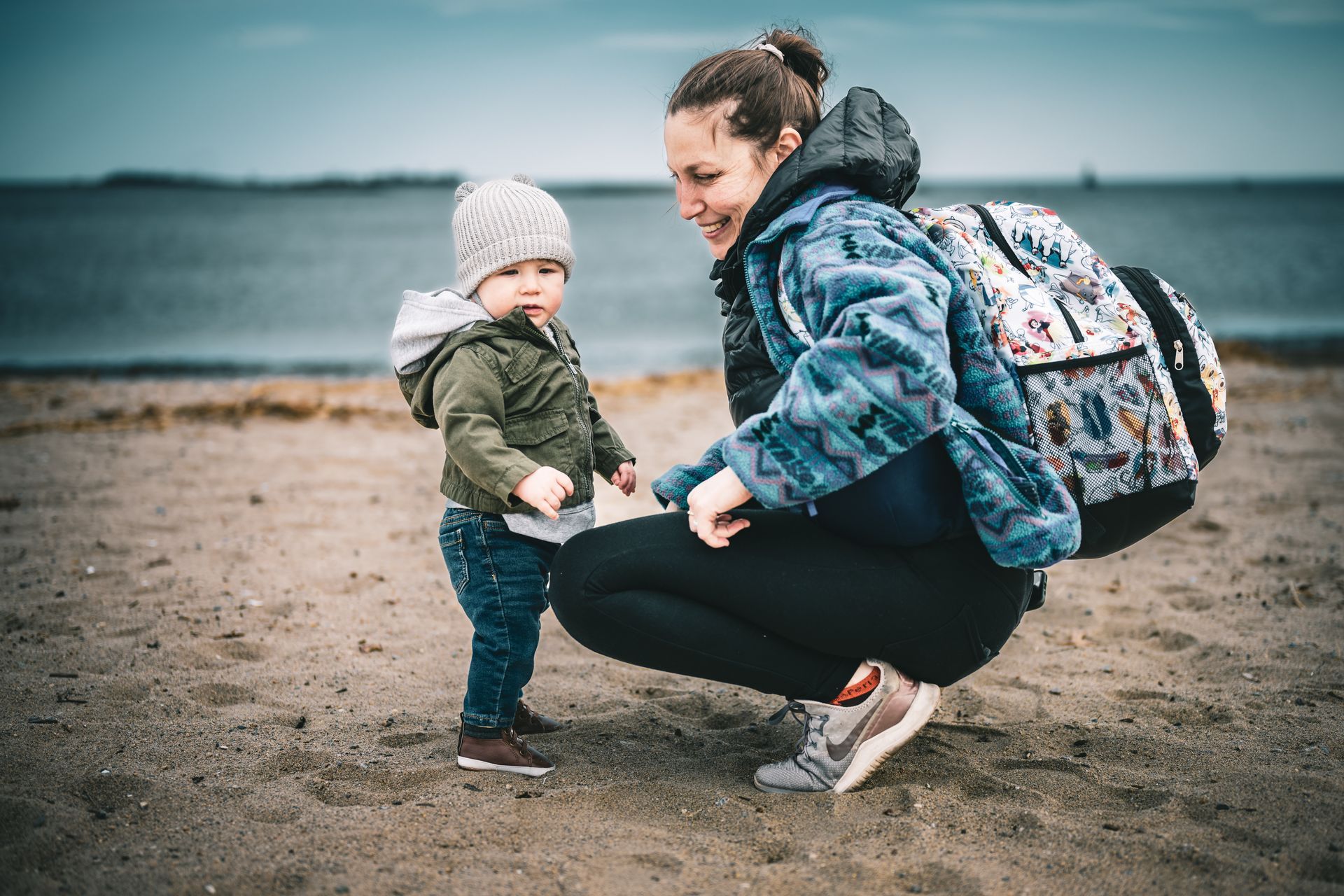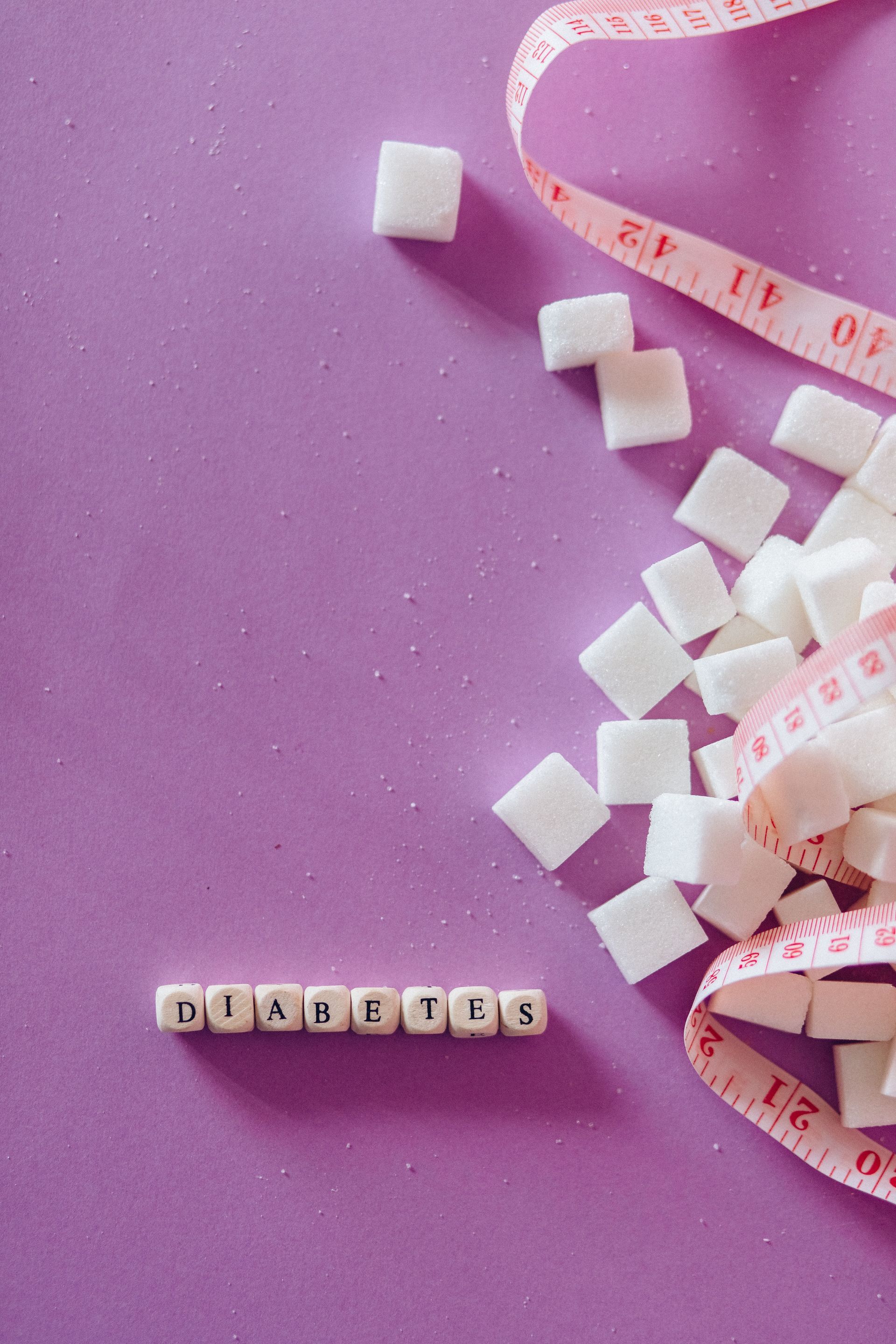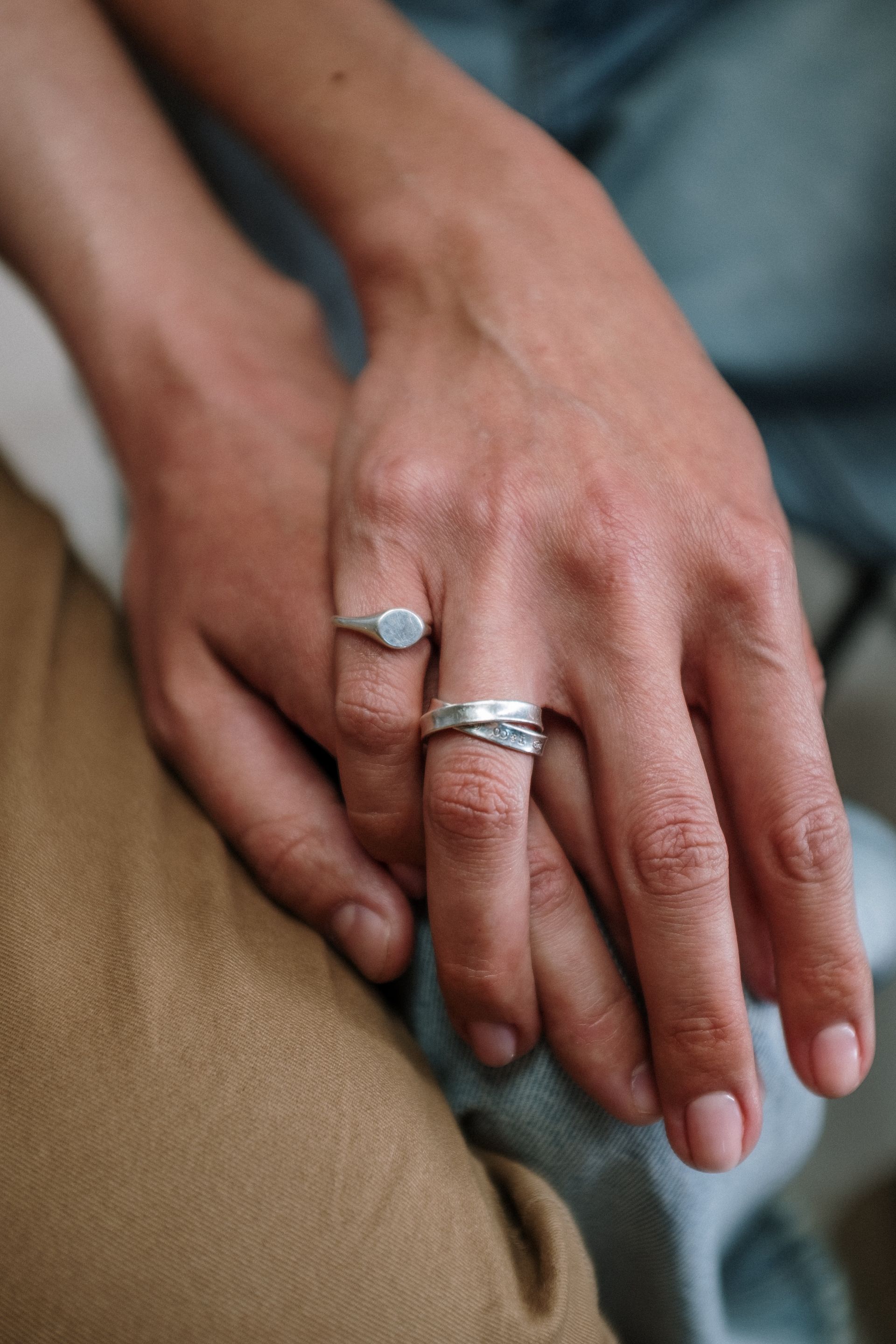What is Sclerotherapy, and How Effective Is It?
Originally posted in September on Healthy Cells Magazine.
Since at least the 19th century, sclerotherapy has been used to treat chronic venous insuffiency. Particularly effective against spider veins, it’s a proven course of treatment that offers immediate relief and positive, long-term results.
Sclerotherapy is an ideal solution for most patients with spider veins. However, like any medical procedure, it’s important to have a solid understanding of the process before making a final decision.
Here’s what you need to know.
The Basics
Put simply, sclerotherapy involves an injection of a solution, the sclerosant, directly into the affected vein. The solution damages the inner lining of the vein. The vein collapses, the treated vein is reabsorbed into the surrounding tissue, and blood is rerouted through healthier surrounding veins.
Sclerotherapy is a non-invasive outpatient procedure that usually takes no more than 30-45 minutes. Once treatments conclude, patients are able to drive themselves home and resume normal activities. Patients will be asked to wear compression hose overnight the first night and then while up and about for 2 weeks. They are also to avoid prolonged sun exposure. They should not have any heavy lifting of over 30 pounds and refrain from aerobic exercise for 48 hours after the procedure.
How Sclerotherapy Helps
Sclerotherapy can effectively treat up to 80% of damaged veins with each session, while fewer than 10% of patients report no improvement in their condition. For patients suffering from pain with spider veins, it can alleviate pain. For varicose vein treatment, it can eliminate the associated pain and swelling as well as eliminate unsightly bulging of the veins.
Possible Complications
While most spider vein cases respond well to sclerotherapy, some patients may require multiple rounds of treatment before seeing improvement. If pain and inflammation remain after three to four weeks, more injections may be necessary.
As a noninvasive procedure, sclerotherapy carries fewer complications than a more invasive alternative, but some patients may experience some minor side effects. The most common include pain, itching, bruising, and inflammation at the site of the injection, but slight discoloration of the skin and hives are possible in some cases. Most of these symptoms resolve on their own without further treatment.
Know Your Options
While sclerotherapy is an effective and appropriate therapy for many patients, different conditions and circumstances may require different approaches. Today, there are a wide variety of minimally or non-invasive treatment options for venous disorders.
Contact The VEIN Specialists today at 309-862-4000 to schedule a consultation with one of their physicians or request an appointment online at www.ILveins.com. They have convenient locations at 3302 Gerig Drive in Bloomington or 2011 Rock Street, Suite D2 in Peru.
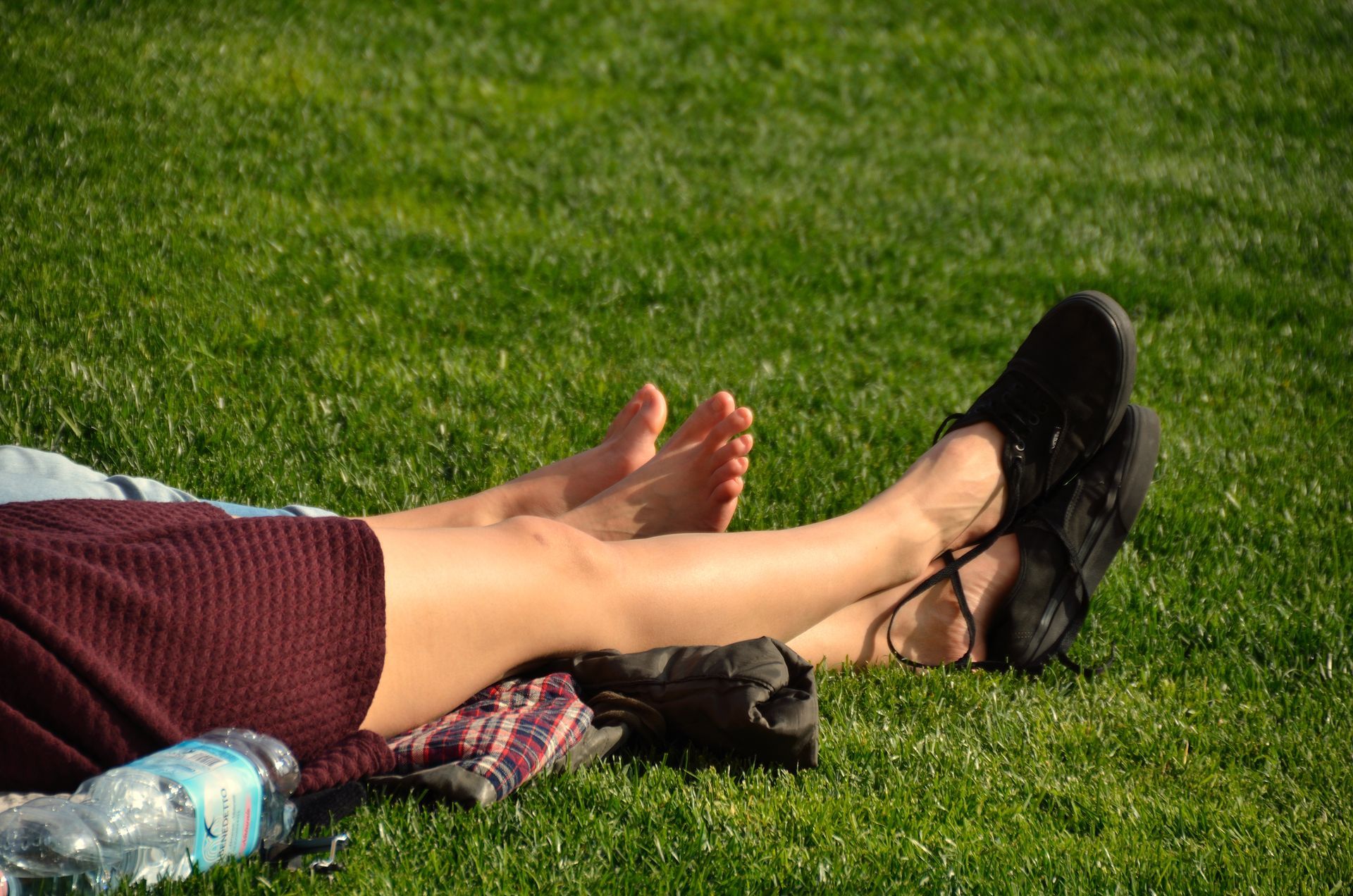
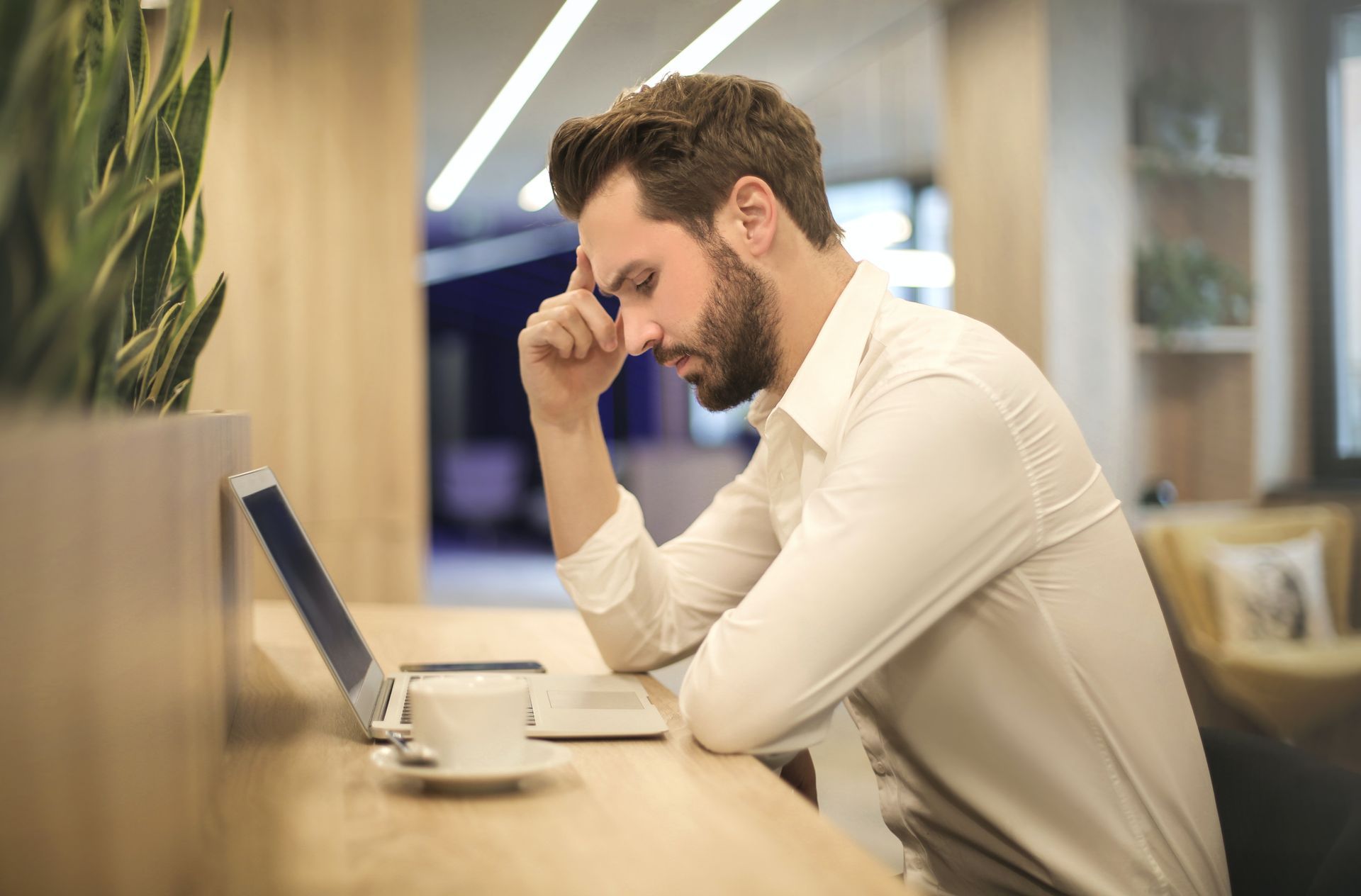
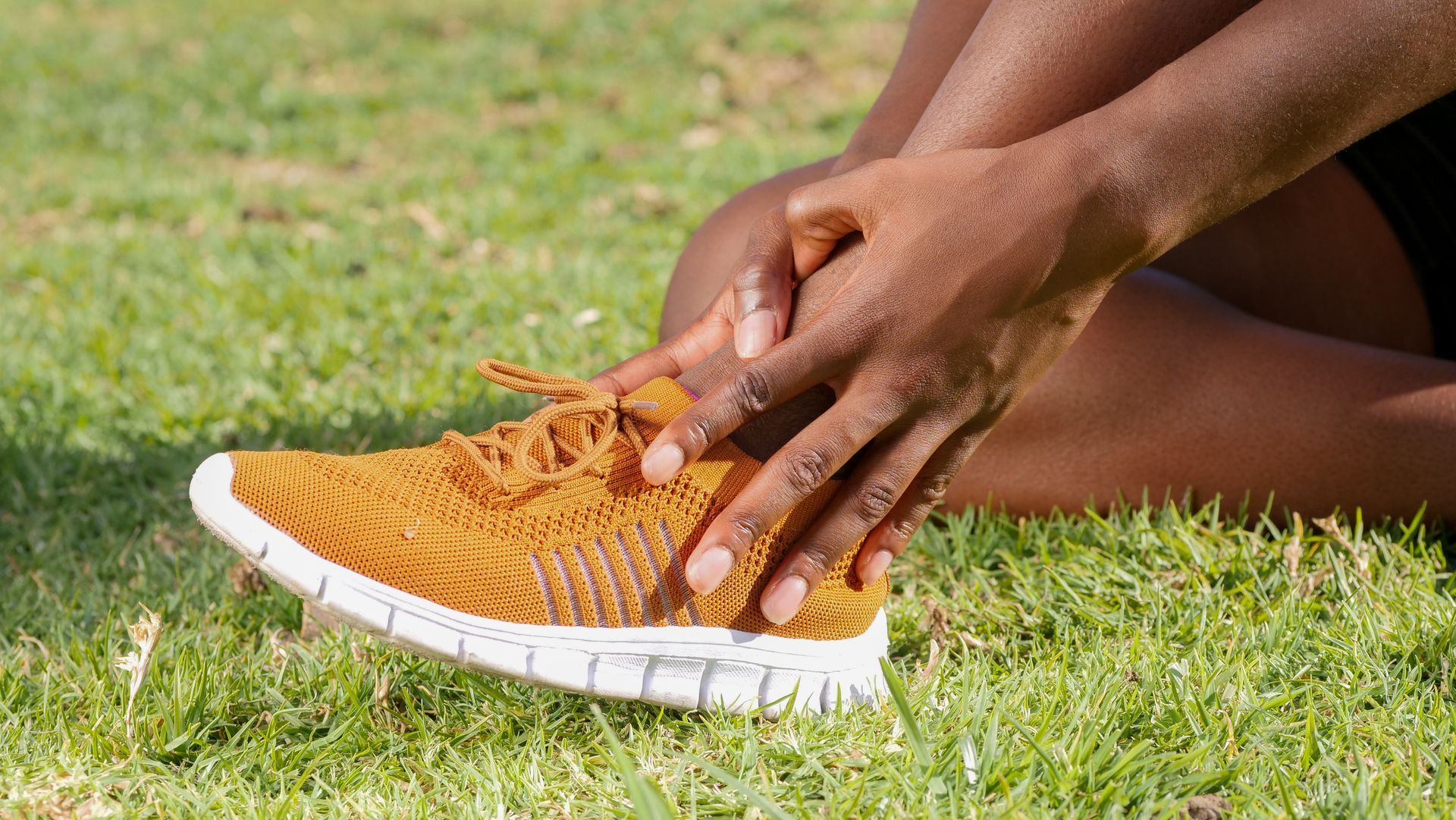
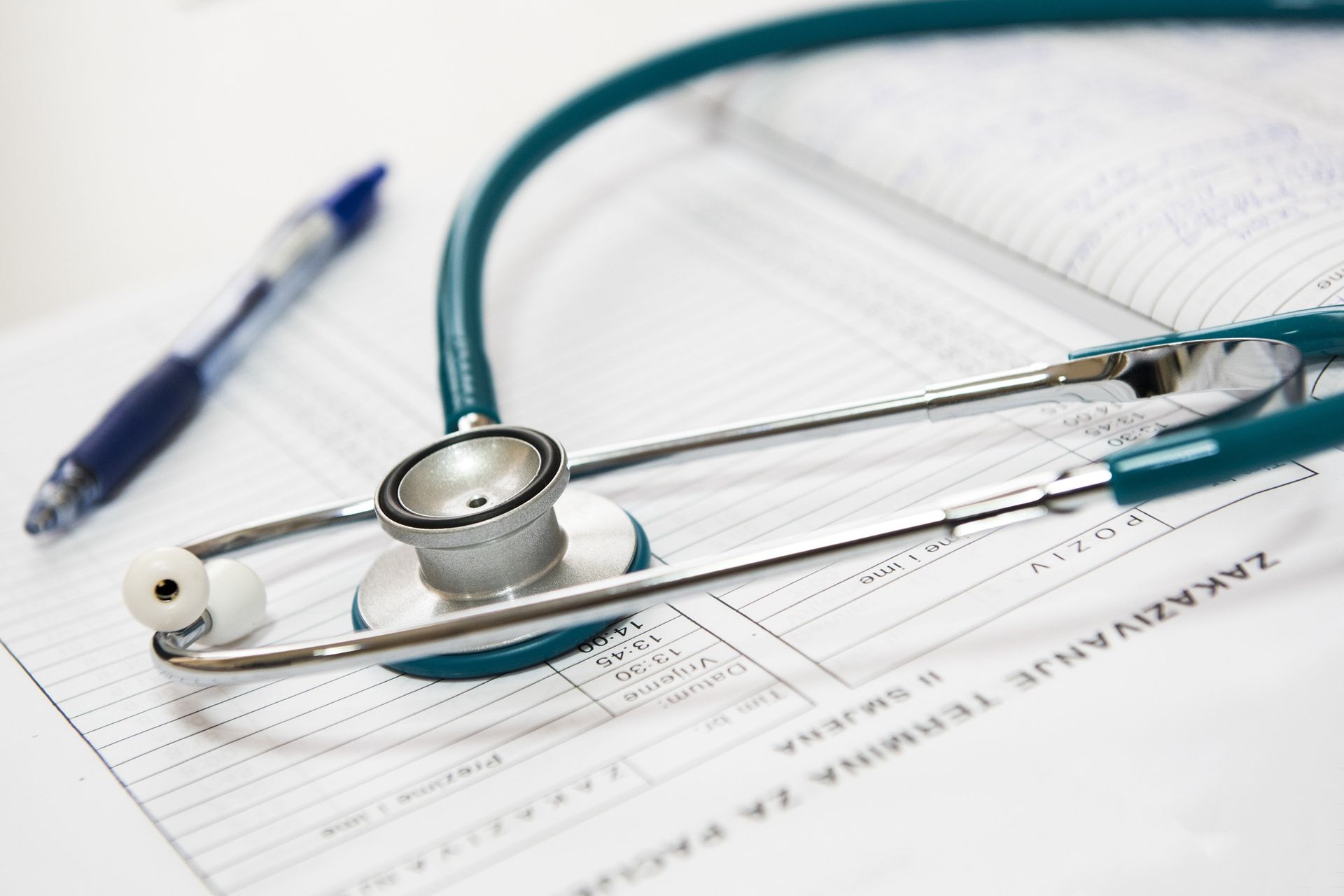
“Our mission is to provide each patient with a comfortable, respectful care as well as delivering the best possible vein treatment."
